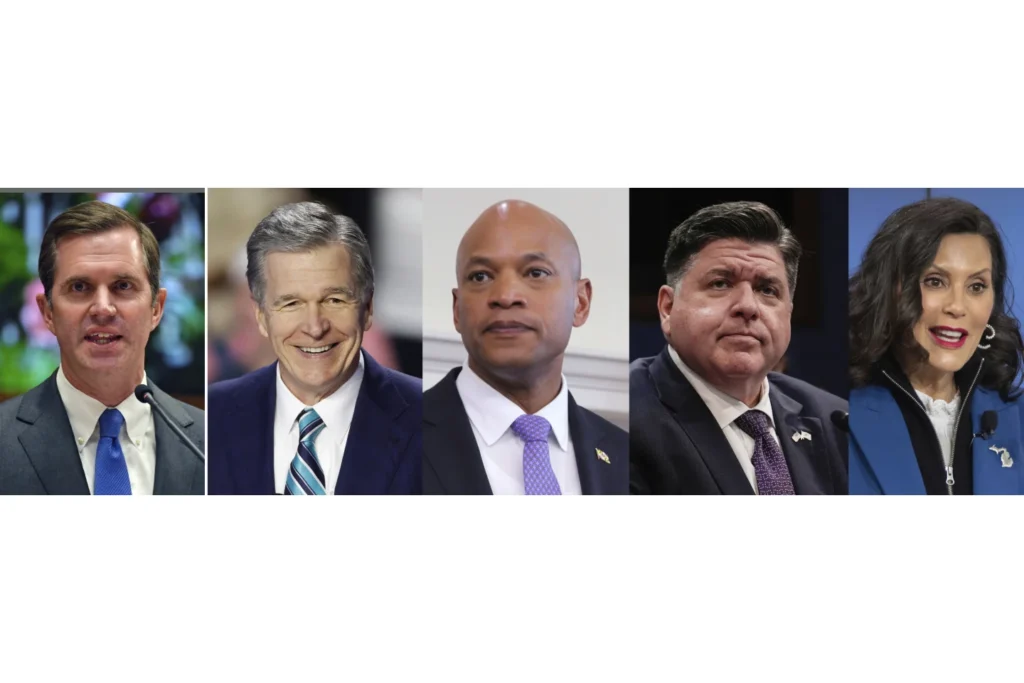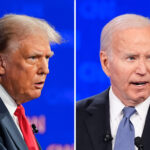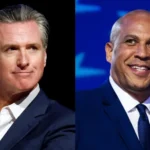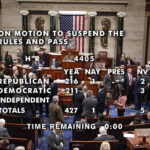Democratic Governors Lead Party’s Comeback Against Trump Agenda/ Newslooks/ WASHINGTON/ J. Mansour/ Morning Edition/ With Democrats out of power federally, the party’s 23 governors are becoming its new face and future. These state leaders are pushing progressive policies and positioning themselves as alternatives to Trumpism. Many could influence the 2026 midterms—and possibly the 2028 presidential race.
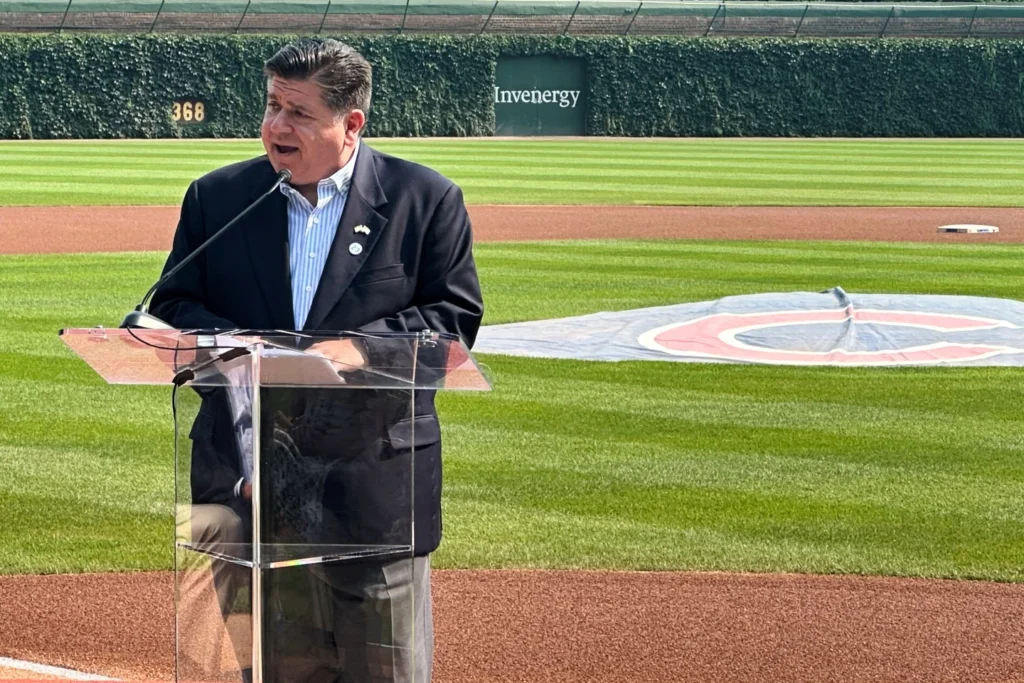
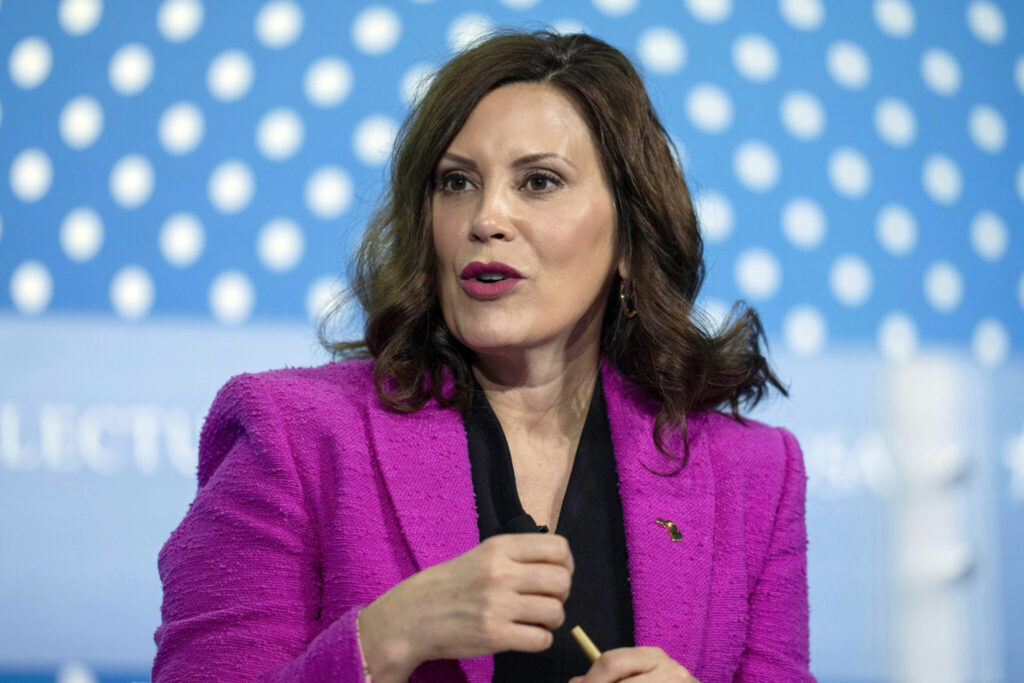
Democratic Governors Quick Looks
- Democrats now hold 23 governorships, including key battlegrounds
- Governors implement progressive policies despite GOP-controlled legislatures
- J.B. Pritzker, Gavin Newsom among vocal Trump critics
- Leaders like Wes Moore and Gretchen Whitmer praised for results-driven governance
- Democratic governors seen as key to 2026 midterm strategy
- Emily’s List backs women governors advancing abortion and health protections
- Federal-level pessimism persists, but state wins offer hope
- Possible 2028 contenders emerging from governor ranks
- Governors credited with expanding Medicaid, canceling medical debt
- Democrats seek to localize federal elections using state-level models
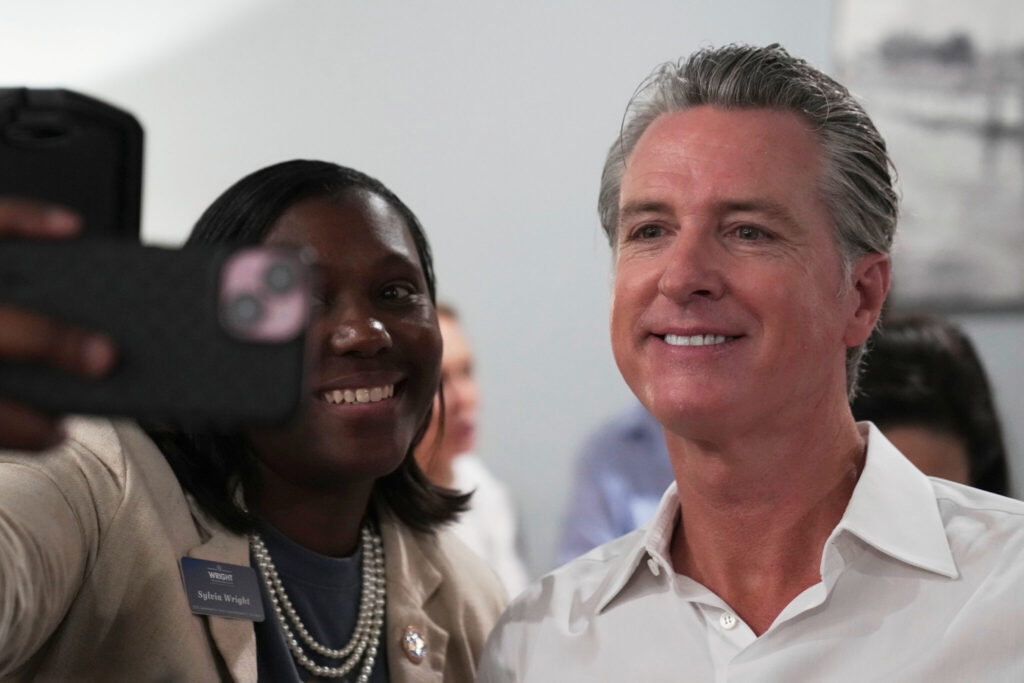
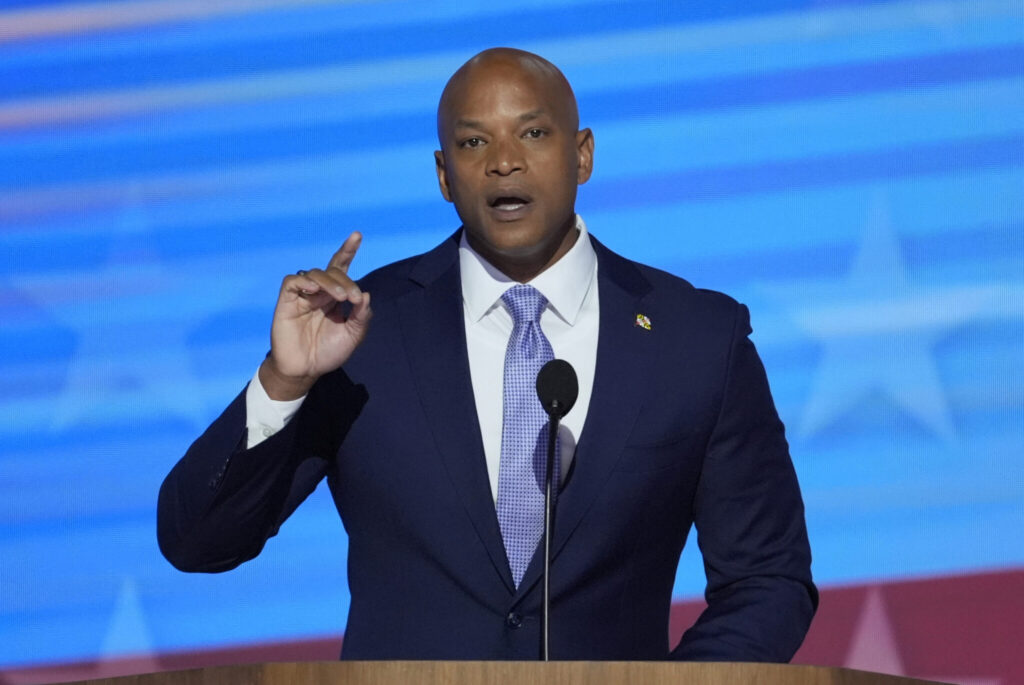
Deep Look: Democratic Governors Chart Path Forward Amid Trump’s Second Term
ATLANTA (AP) — With the Democratic Party shut out of the White House and both chambers of Congress, a new source of hope and power is rising: the nation’s 23 Democratic governors. From economic initiatives to healthcare protections, these leaders are not only resisting President Donald Trump’s agenda but actively reshaping their states as blueprints for the party’s future.
State Democratic leaders are increasingly becoming the de facto voice of the party, using their platforms to implement policy and offer voters tangible results in contrast to gridlock in Washington. These governors are positioning themselves as both national role models and potential presidential contenders for 2028.
Turning to State Leadership
When North Carolina Democratic Chair Anderson Clayton sought a keynote for the state party’s summer gala, she didn’t call a senator or representative—she called Illinois Gov. J.B. Pritzker. “He’s a real fighter,” she said, highlighting his ability to match the power and presence of Trump from a position of executive authority.
Democrats may be reeling federally, but these governors represent resilience and reach. They show that voters across diverse states—many of which Trump carried—are still willing to back Democratic leadership at the local level.
Governors Deliver Where Congress Can’t
Governors like Wes Moore in Maryland and Gretchen Whitmer in Michigan are being praised for turning promises into progress. Moore, 46 and in his first term, has focused on economic growth and crime reduction, while Whitmer has become a national figure through her steady leadership and policy wins.
“You have to deliver for people,” said Rep. Mikie Sherrill, a former congresswoman now running for governor in New Jersey. “There’s no one else to blame.”
This growing belief—that governors get things done—has drawn more attention to these offices. In Virginia, Abigail Spanberger, also a former House member, is running for governor, potentially expanding the Democratic statehouse tally to 24.
Real Policy, Real Impact
Governors are not just figureheads; they are advancing progressive agendas, even in red states. Kansas Gov. Laura Kelly, chair of the Democratic Governors Association, eliminated the state’s grocery sales tax by working with a Republican-controlled legislature. Kentucky Gov. Andy Beshear expanded Medicaid in a state Trump won three times.
In Arizona, Gov. Katie Hobbs has been commended for canceling medical debt, as has Whitmer in Michigan. These tangible wins are earning attention from national organizations like Emily’s List, which praised their work on healthcare and reproductive rights.
“The governors are on the front lines,” said Emily’s List president Jessica Mackler, emphasizing their key role in defending abortion rights post-Dobbs, and protecting transgender healthcare in conservative states.
More Than Trump Opposition
While governors like Pritzker and California Gov. Gavin Newsom are known for aggressively countering Trump, most Democratic governors say their leadership is about more than anti-Trump rhetoric.
At the North Carolina gala, Pritzker framed the stakes as existential: “Our democracy is on the line,” he warned. Newsom has gone further, producing media content aimed at Trump voters and diving into the redistricting battle, where Trump is actively seeking GOP advantages for 2026.
However, Sherrill emphasized substance over spectacle. “People are furious that a president who ran on affordability is raising costs,” she said, pointing to trade wars and tax cuts for the wealthy as evidence. Her strategy? Focus on how Trump’s policies hurt everyday Americans and offer plausible, tangible alternatives.
Hope Amid Federal Defeat
Democratic strategist Bradley Beychok of American Bridge PAC admitted that national results have been grim. “When you lose the presidency, the House, and the Senate—no one’s happy,” he said. But he pointed out that Democrats still flipped nine governorships since Trump’s first term and hold five in 2024 swing states he won.
Clayton echoed the optimism. She pointed to Josh Stein’s win in North Carolina—a state Trump carried—as evidence voters still split tickets based on results. “We just have to localize the federal elections the same way,” she said.
A potential Spanberger win in Virginia would give Democrats 24 governorships heading into the 2026 midterms, where 36 governor’s races will be on the ballot.
Governors and the 2028 Presidential Horizon
Historically, governorships have been launchpads to the presidency. From Bill Clinton and George W. Bush, to Ronald Reagan and Jimmy Carter, state executives often leapfrog D.C. politicians on the national stage.
Though current governors like Moore dismiss 2028 speculation—“We don’t have the time,” he said—the road ahead could change that. Many are already visiting early nominating states or national battlegrounds, quietly building name recognition.
As the party regroups, these state leaders may prove to be the best chance for renewal, shaping a Democratic comeback from the ground up.

